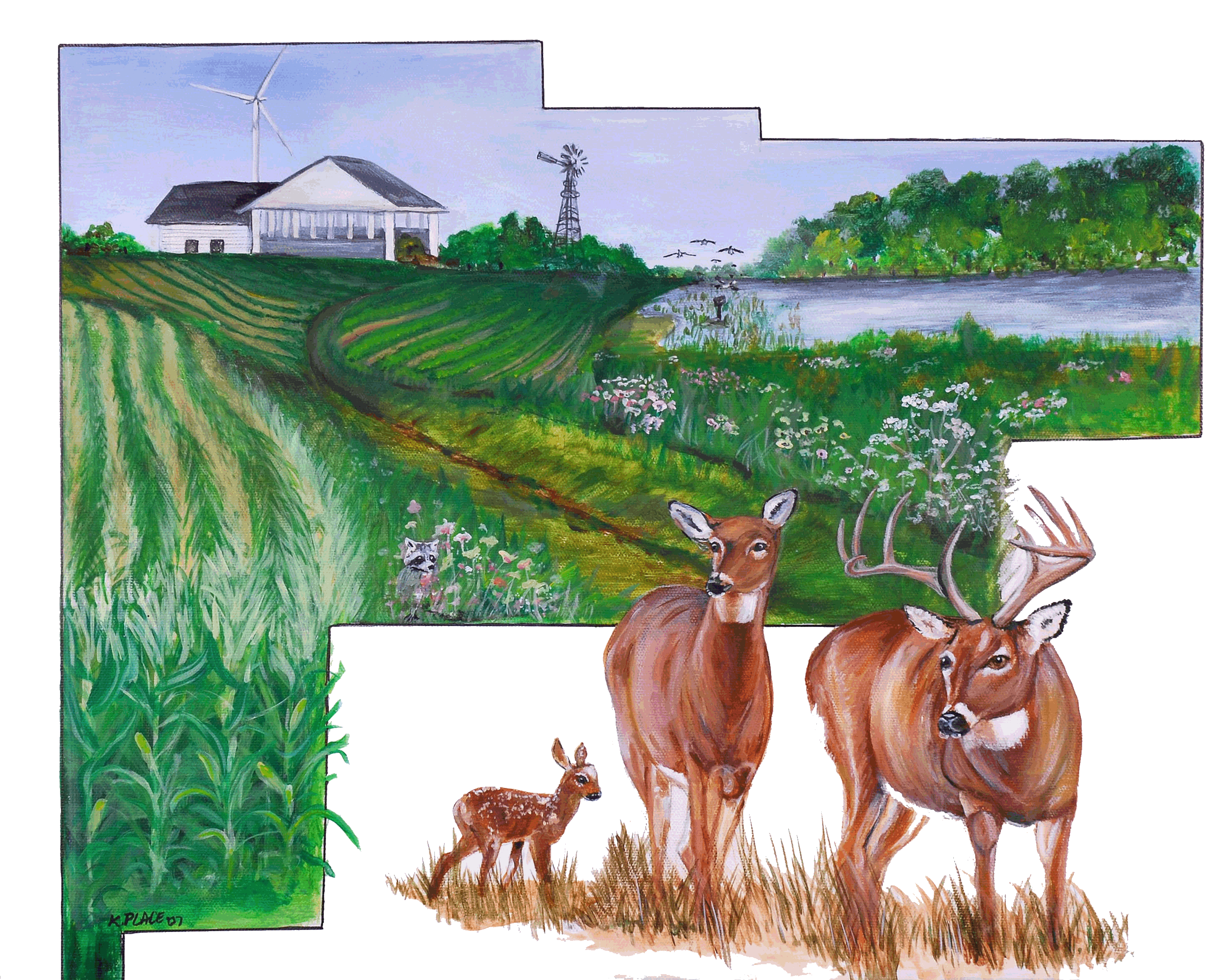
Auglaize Soil and Water
Conservation District
Nutrient Management
If you are interested in any of the nutrient management practices, click on an icon below OR
contact our office by calling 419-738-4016
Animal Mortality Composting Facilities
Proper composting is a legal and acceptable way to dispose of animal mortality on the farm. Building a composting facility provides the producer the opportunity to properly dispose of the material in an environmentally safe way and can be done relatively inexpensively. Please click on the icon to view example pictures of different composting facilities or click on the link to the Ohio Livestock Composting Manual to read more about properly composting animal mortality.
Animal Waste Holding Structures
An animal waste holding structure can consist of a dry stack manure building, a holding pond, or a lagoon. The type of livestock and the consistency of the animal waste will determine what structure is best suited for your operation. Having adequate storage capacity will allow your operation to stay in compliance with Ohio's pollution abatement standards and ensure that the nutrients in the animal waste are properly utilized in crop production. Our office can assist you in the design, sizing and site placement of the structure. Please click on the icon to view pictures and link to find out more information.
Drainage Water Management
Drainage Water Management can provide the producer with multiple benefits in controlling their drainage water. DWM can help the producer reduce the amount of nutrients leaving the farm field through the field tile. Livestock producers can restrict the flow of tile water while applying manure to prevent degradation of downstream water bodies. Also, if managed properly, DWM can provide potential crop yield increases. Please click on the icon to view pictures and link to see how DWM works and if it's an option for your operation.
Secondary Containment Facilities
The Ohio Department of Agriculture requires any producer who has more than 5,000 gallons of liquid fertilizer storage to have secondary containment. This containment will capture any spills or leakage from the tank to prevent contamination of the water. Our office can assist you in determining the appropriate site, size, and layout for your containment facility as well as assist in the documentation required for ODA. Please click on the icon to view pictures and link to find out more information.


